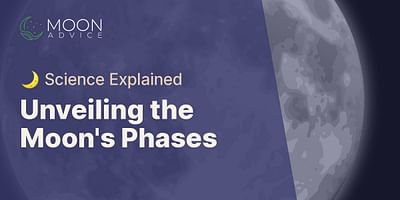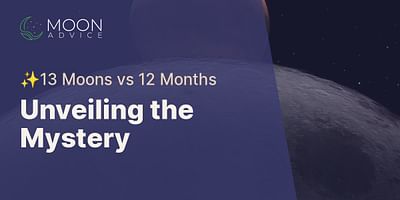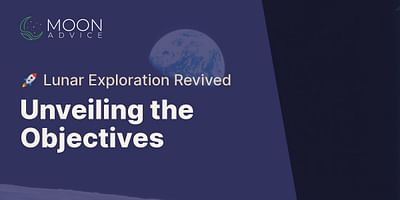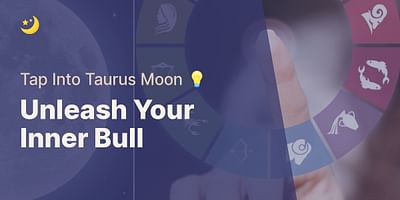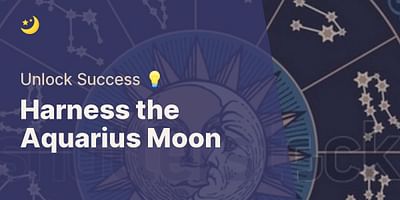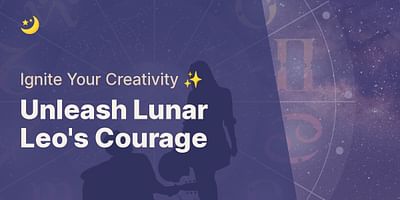Giovanna Bergstrom is a seasoned tarot card reader and a passionate follower of lunar signs. With her instinctive abilities, she assists individuals in comprehending their emotions and relationships during different lunar stages. Giovanna's readings are celebrated for their precision and profundity.
Dear Moon Enthusiast,
Thank you for reaching out to Moon Advice with your intriguing question about the duration it took for Neil Armstrong and Buzz Aldrin to take off after their historic moon landing. The Apollo 11 mission, which led to Armstrong becoming the first man to set foot on the moon, indeed left many people wondering about the relatively short time it took for them to depart.
The reason behind the seemingly swift turnaround lies in the careful planning and meticulous execution of the mission. Let me take you on a journey to explore the fascinating factors that contributed to this remarkable feat.
Firstly, it's important to understand that the Apollo 11 mission was meticulously planned and executed with precision. The team at NASA had spent years preparing for this historic moment, leaving no stone unturned in their quest to explore the moon. They had a clear timeline in place, which included the duration of the moonwalk, scientific experiments, and the safe return of the astronauts.
After the successful moon landing on July 20, 1969, Armstrong and Aldrin had to adhere to a strict schedule due to various factors, including limited resources, life support systems, and the need to return to Earth safely. Every minute on the lunar surface was precious, and the astronauts had to make the most of their time there.
Upon landing, Armstrong and Aldrin had to quickly assess the condition of their spacecraft, the Lunar Module (LM), named Eagle. They had to ensure that it was still in a functional state, capable of returning them to the Command Module (CM), Columbia, which was orbiting the moon with their fellow astronaut, Michael Collins, aboard.
The LM had a limited amount of consumables, such as oxygen, water, and power, which were necessary for the astronauts' survival. Therefore, it was crucial for them to complete their tasks efficiently and return to the CM within the allocated timeframe.
Additionally, the moon's harsh environment posed various challenges. Extreme temperatures, radiation, and the absence of an atmosphere meant that the astronauts had to be mindful of their exposure to these conditions. Spending too much time on the lunar surface could have jeopardized their safety and mission success.
To ensure a smooth departure, Armstrong and Aldrin had to complete several tasks before taking off. They collected samples, conducted experiments, deployed scientific instruments, and documented their activities through photographs and video recordings. These activities were essential for scientific research and expanding our understanding of the moon.
Once their tasks were completed, the astronauts re-entered the LM and prepared for their ascent back to the CM. They had to carefully navigate the LM's ascent engine, which would propel them off the moon's surface and into lunar orbit. This critical maneuver required precision and accuracy to ensure a successful rendezvous with the CM.
The entire process, from the moon landing to the liftoff, took approximately 6 and a half hours. This duration encompassed the astronauts' activities on the lunar surface, the ascent preparations, and the actual liftoff. It was a testament to the expertise and efficiency of the Apollo 11 team, who meticulously planned and executed every aspect of the mission.
In conclusion, the relatively short duration of 6 and a half hours for Armstrong and Aldrin to take off after their moon landing was a result of careful planning, limited resources, and the need to ensure the astronauts' safety. Every minute on the lunar surface was precious, and the team at NASA had meticulously orchestrated the mission to maximize their time while minimizing risks.
If you'd like to delve deeper into the influence of moon phases on space travel or explore the emotional impact of the moon landing, I encourage you to explore more articles on our website, Moon Advice. We offer in-depth insights and guidance based on lunar wisdom to help you navigate your emotions, relationships, and decisions.
May the moon's wisdom guide you on your journey,
Stellar Nightshade
Moon Advice








